The Role of Green Tech in Shaping the Digital World
The digital world is evolving rapidly, bringing new advancements in connectivity, automation, and efficiency. However, this progress comes with an environmental cost. Data centers consume massive amounts of energy, e-waste is piling up, and the carbon footprint of digital operations continues to rise. In response, businesses and tech companies are turning to green tech to minimize environmental impact while maintaining innovation and performance.
From sustainable web hosting to energy-efficient data centers, green tech is transforming the way we approach digital solutions. But what exactly is green tech, and how is it shaping the future of the digital world? Let’s explore the impact, benefits, and future of environmentally friendly technology in the digital space.
What Is Green Tech?
Green tech, or green technology, refers to environmentally friendly innovations designed to reduce carbon emissions, minimize waste, and promote sustainability. In the digital world, this includes energy-efficient hardware, sustainable software development, eco-friendly web hosting, and the use of renewable energy sources for powering digital infrastructure.
As companies and consumers become more aware of climate change, there is a growing demand for green tech solutions that align with sustainable business practices. By integrating green technology into digital operations, businesses can reduce their environmental footprint while improving efficiency and cost savings.
The Environmental Impact of the Digital World
The digital industry is often seen as clean and low-impact, but it has a significant environmental footprint. Consider the following:
1. Energy Consumption of Data Centers
Data centers power the internet, processing vast amounts of information every second. However, these facilities consume enormous amounts of electricity. In fact, global data centers account for nearly 1% of the world’s energy consumption—a figure that continues to grow. Without green tech solutions, this energy demand could double in the coming years.
2. E-Waste and Hardware Disposal
The rapid pace of technological advancement leads to a constant cycle of upgrading devices. As a result, electronic waste (e-waste) is a major environmental concern. Millions of tons of outdated computers, smartphones, and other digital devices end up in landfills each year. Green tech initiatives focus on sustainable manufacturing, recycling programs, and biodegradable materials to reduce this impact.
3. Carbon Footprint of Online Activities
Even simple online activities contribute to carbon emissions. Sending emails, streaming videos, and browsing websites require energy, much of which comes from fossil fuels. Studies show that the internet alone accounts for about 3.7% of global greenhouse gas emissions, nearly the same as the airline industry.
How Green Tech Is Transforming the Digital Landscape
To combat these environmental challenges, green tech is playing a crucial role in shaping a more sustainable digital world. Here’s how:
1. Green Data Centers: Powering the Internet Sustainably
Data centers are essential for cloud computing, websites, and online services. Green data centers use renewable energy, energy-efficient hardware, and innovative cooling technologies to reduce their environmental impact.
- Renewable Energy-Powered Data Centers: Companies like Google and Microsoft are investing in solar and wind energy to power their cloud services.
- Liquid Cooling Systems: Traditional air cooling methods consume a lot of energy, while liquid cooling technology significantly reduces electricity usage.
- AI-Optimized Efficiency: AI-driven energy management systems monitor and optimize power consumption, ensuring minimal waste.
2. Sustainable Web Hosting: The Rise of Eco-Friendly Websites
Web hosting services require large-scale server operations, which contribute to energy consumption. Green tech solutions in web hosting include:
- Carbon-Neutral Hosting: Some providers offset their carbon footprint by investing in renewable energy or reforestation projects.
- Energy-Efficient Servers: Modern servers consume less power while delivering high performance.
- Green Hosting Companies: Businesses can choose eco-friendly hosting providers like GreenGeeks and Kualo, which rely on renewable energy.
3. Energy-Efficient Software and AI Optimization
Software development plays a significant role in sustainability. Poorly optimized code leads to higher energy consumption, requiring more processing power. Green tech solutions in software include:
- Energy-Efficient Algorithms: AI and machine learning models are being optimized to consume less power while delivering accurate results.
- Cloud-Based Solutions: Cloud computing reduces the need for physical hardware, cutting down on energy usage.
- Sustainable Coding Practices: Developers are adopting best practices to ensure software is optimized for low-energy consumption.
4. The Role of AI in Sustainable Digital Practices
Artificial intelligence is not only helping businesses grow but also playing a key role in sustainability. Green tech applications in AI include:
- Predictive Analytics for Energy Use: AI can analyze energy consumption patterns and suggest optimizations for reduced waste.
- Smart Resource Allocation: AI-powered automation ensures that digital resources are allocated efficiently, minimizing energy usage.
- Eco-Friendly AI Training: Training AI models requires massive computing power, but companies are now focusing on using renewable energy sources for AI training.
5. Sustainable Device Manufacturing and E-Waste Reduction
Tech companies are shifting toward green tech initiatives in hardware production:
- Recyclable and Biodegradable Materials: Companies like Apple and Dell are developing devices made from recycled materials.
- Modular Technology: Devices with replaceable components extend product life and reduce waste.
- E-Waste Recycling Programs: Many companies offer trade-in and recycling programs to reduce electronic waste.
The Business Benefits of Adopting Green Tech
While sustainability is the primary goal, businesses adopting green tech solutions also experience several advantages:
1. Cost Savings
Energy-efficient technologies reduce electricity consumption, lowering operational costs. Companies investing in green tech often see long-term financial benefits.
2. Brand Reputation and Consumer Trust
Consumers are becoming more environmentally conscious. Businesses that prioritize sustainability gain trust and loyalty, attracting eco-conscious customers.
3. Compliance with Environmental Regulations
Governments worldwide are implementing stricter environmental regulations. Companies that adopt green tech early can stay ahead of regulatory requirements and avoid fines.
4. Competitive Advantage in the Digital Space
As sustainability becomes a priority, businesses that integrate green tech into their digital strategies gain a competitive edge over companies that lag behind.
The Future of Green Tech in the Digital World
The role of green tech in shaping the digital world will only grow stronger. Innovations in renewable energy, AI, and sustainable manufacturing will continue to redefine how businesses operate online. Some key trends to watch include:
- Blockchain for Sustainability: Blockchain can improve transparency in green energy distribution and carbon footprint tracking.
- Zero-Waste Tech Manufacturing: Companies will focus on creating fully recyclable tech products.
- AI-Driven Sustainability Management: AI will play an even larger role in optimizing energy consumption and resource management.
Conclusion: Green Tech Is the Future of Digital Innovation
The digital world cannot thrive without sustainability. As technology advances, businesses must prioritize green tech to reduce their environmental impact while continuing to grow. From energy-efficient data centers to eco-friendly web hosting, adopting sustainable practices is no longer optional—it’s essential.
Companies that embrace green tech today are not only helping the planet but also securing long-term success in the digital landscape. The future of technology is green, and those who adapt will lead the way toward a more sustainable and innovative digital world.





